IoT has been on the scene for a while, the number of connected devices is increasingly growing and consequently the amount of data they are generating.
If we look at how many connected devices every person uses, there were on average 3 devices per person in 2019, and the number is expected to grow to 10 in the next 5-7 years, stated Girish Agarwal, Director AI Lab at Husqvarna Group in his presentation opening at the Data Innovation Summit 2019.
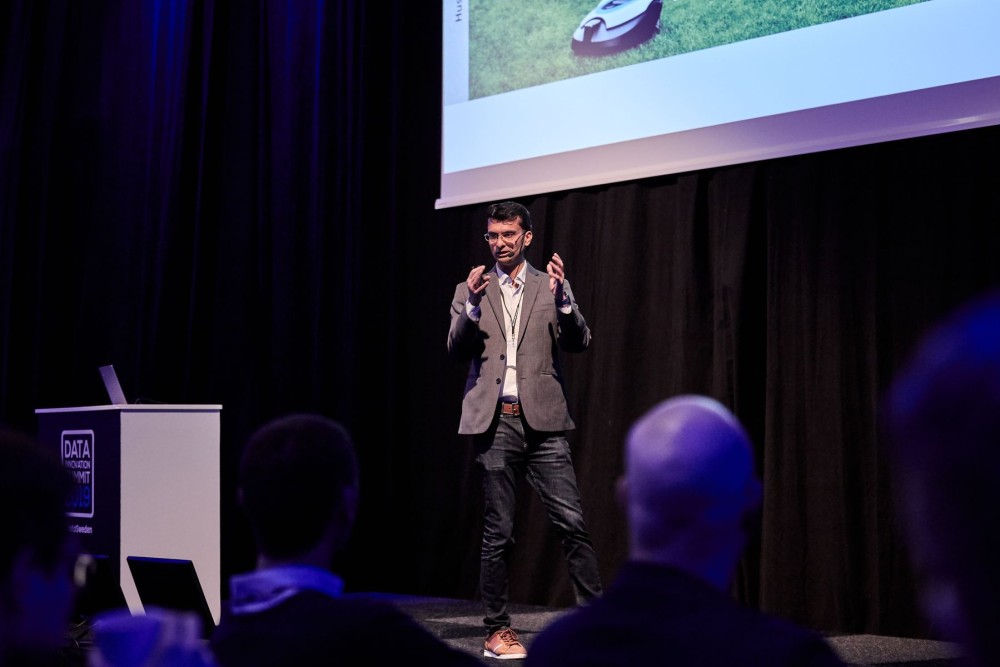

IoT and connected devices are certainly providing us with a better understanding and control of our environment, but as they are growing there are some cracks starting to streak the connectivity canvas. Some of the issues Girish mentions apart from connectivity are bandwidth, data quality, the amount of data that can be transferred to the cloud, data noise, etc.
One possible solution and a good way to start fixing these IoT gaps is taking AI technologies and applying them to edge devices – hence Edge AI.
Edge AI, AIoT or on-device AI
Edge AI, IIoT or on-Device AI are all related terms which refer to putting AI capabilities to devices and running data processing and data analytics locally on the device using data that they create so they can make decisions in the form of output without the need to take the data to the cloud.
This transfer of the computational and processing to the device eliminates the latency of cloud-based decision-making and gives real-time decisions which in turn optimise the system and provide business value.


The potential of Edge AI and edge computing
There are plenty of use cases with edge AI, most notable are in self-driving cars, robotics, surveillance, predictive maintenance in manufacturing, body monitoring, expression analysis to improve shopping and advertising, etc.
But we are going to look more closely at how Husqvarna utilises edge computing by integrating AI into their products to fill in the gaps of IoT.
330 years of innovation: from a shotgun factory to the smart connected solutions
Husqvarna Group is a manufacturer of outdoor power products like chainsaws, garden tractors, mower and trimmers, but their beginnings go as early as 1689 selling rifles. They went through more than 300 years of constant innovation, transforming themselves and offering products that seemed ahead of their time. Husqvarna Group launched its first solar-powered robotic lawnmower in 1995. The peak of their offerings recently has been digital products, connectivity and edge computing, states Girish.
In order to be able to offer smart, connected edge AI solutions, Husqvarna Group needed to go through digital transformation. As outcomes of their digital transformation, they set up their digital strategy and roadmap and directed themselves towards connectivity, IoT and data. Additionally, they created their Digital Service Platform through which they offer more than 45 digital microservices and more than 15 digital offerings combining the microservices, elaborates Girish.
Girish particularly focused on AI Lab, which was the next step of their digital transformation and which is centred around the digital services platform, working with edge AI, robotics, autonomous systems, text mining, predictive systems, chatbots, AI/VR.
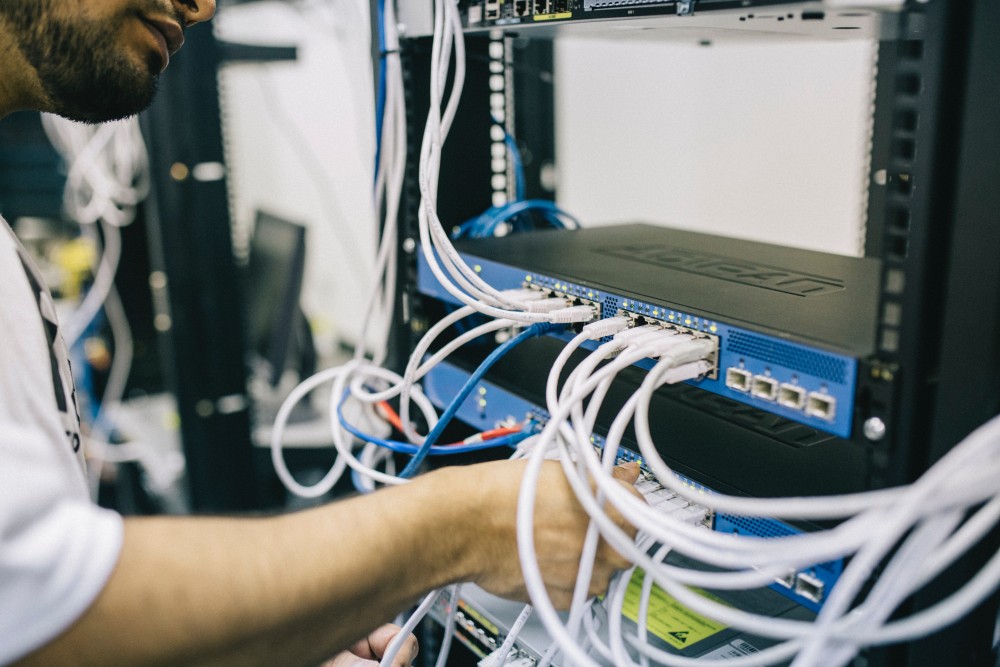

The state of edge AI
Girish referred to a survey on edge computing adoption among companies done in 2018 where 73% of them said that they were in the process of implementing or having implemented edge computing strategy, 72% believed that edge strategy is crucial for their business and 93% of them intended to invest in edge computing, but only striking 16% linked edge computing into their IoT strategy. These percentages are really not promising and it’s evident that companies are experiencing challenges with implementing edge computing. So for that purpose, Girish shared what they’ve learnt and how they’ve gone through a successful edge AI implementation.
What Husqvarna Group learned from their edge projects
Girish shared. Some of which are:
- Take the first step, but also prepare for the future. Running POC is totally different than industrialisation
- It’s not about the technology, it’s about leadership, change in the culture, the way of working.
- Identify workarounds – don’t reinvent the wheel all the time, re-use the same models.
- Current efforts are only scratching the surface. There are many other aspects that have to be considered like ethics, the product, the market, society readiness, etc.
- Keep the customer and the value in the centre, and not the technology. IoT, sensors and data were the beginning, but the end goal is the value.


Immediate and long-term benefits of Edge AI
Keeping the value in the centre, and not technology opens up new capabilities and benefits both for the organisation and the customers. Girish represents the benefits from edge computing like an iceberg, where the immediate benefits are just the tip of the iceberg we can see above the water.
Some of them are goals that companies are initially aiming for such as predictive maintenance, operational efficiency, latency reduction, and improved R&D. These are all quick wins and are of course welcome. But Girish states that the industry is starting to realise the business impact of edge such as cost reduction, after-sales, revenue increase, new revenue streams, new business models, new pricing models.
The ultimate aim, however, Girish says is finding a way to use the same sensor network to get soft sensor value without adding another hardware sensor on top of it to get insight into one more thing.
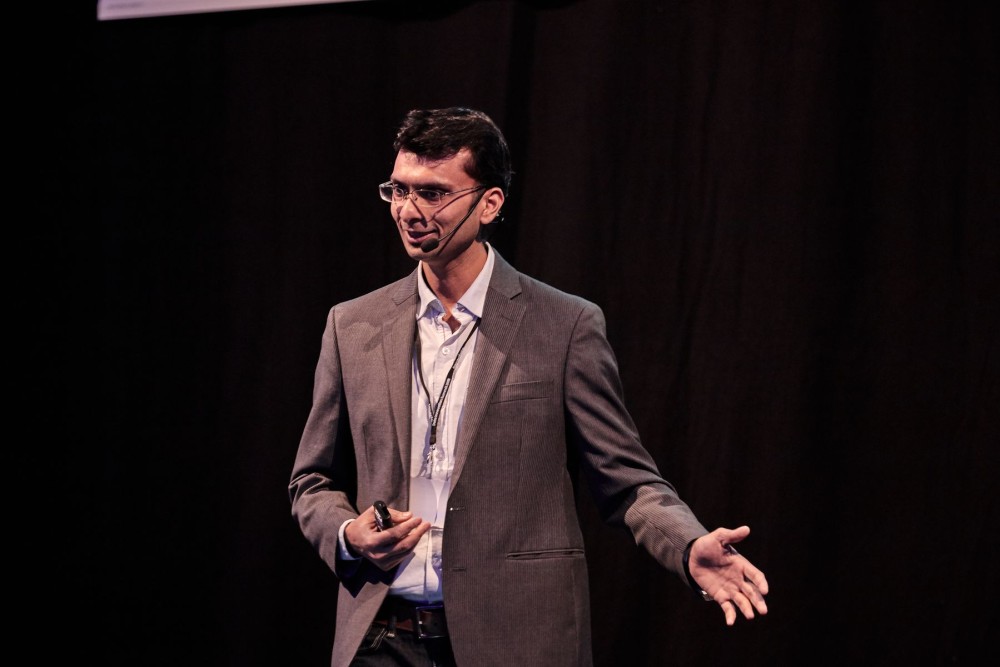

Additionally, as the number of IoT devices and the data produced is growing, it will become impossible to get all that data to the cloud, analyse it and deploy it back. This is something Girish dubs as data avalanche and it presents an opportunity for edge AI to employ intelligence at the edge, providing us with a detailed view at data capture by reducing noise and data volume and increasing data quality. Anomaly and outlier detection can be applied with edge AI models to send back only relevant data and use machine learning on it. Edge AI can also help to produce hyper-personalised products by adopting every product to each individual customer.
As another outcome of the edge AI implementation, Husqvarna has noticed an increase in their customer stickiness, Girish says. Customers know exactly what the brand stands for and what it delivers.
In order to achieve the long-term benefits however, Girish advises to refrain from the obvious and stick to the short term productivity benefits. Instead, companies should strive to reach the transcendence level where they try to achieve something having the customer in the centre in all their edge AI projects.

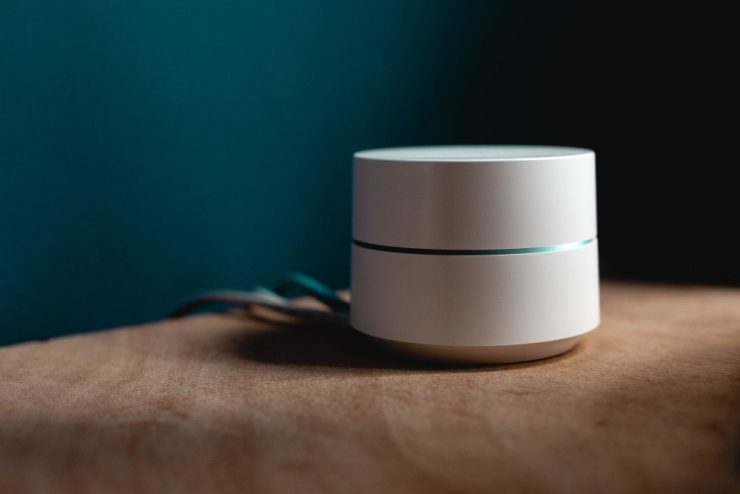

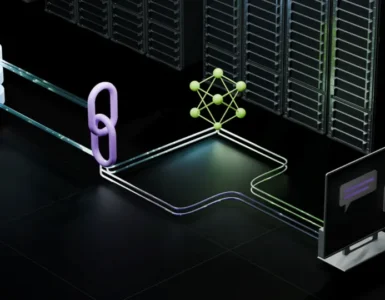










Add comment